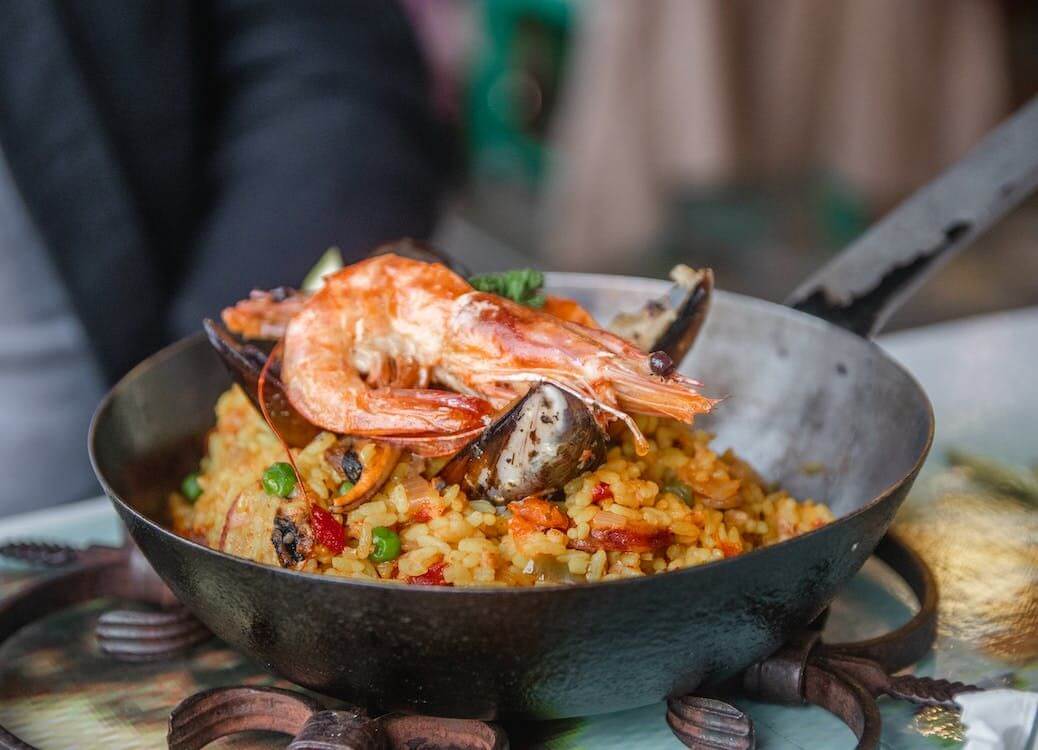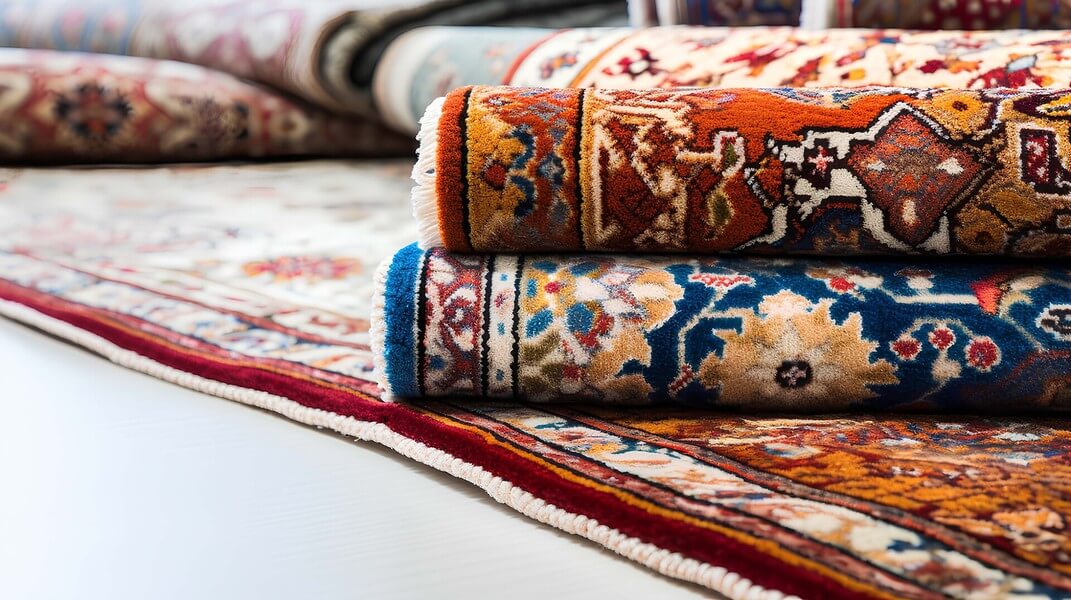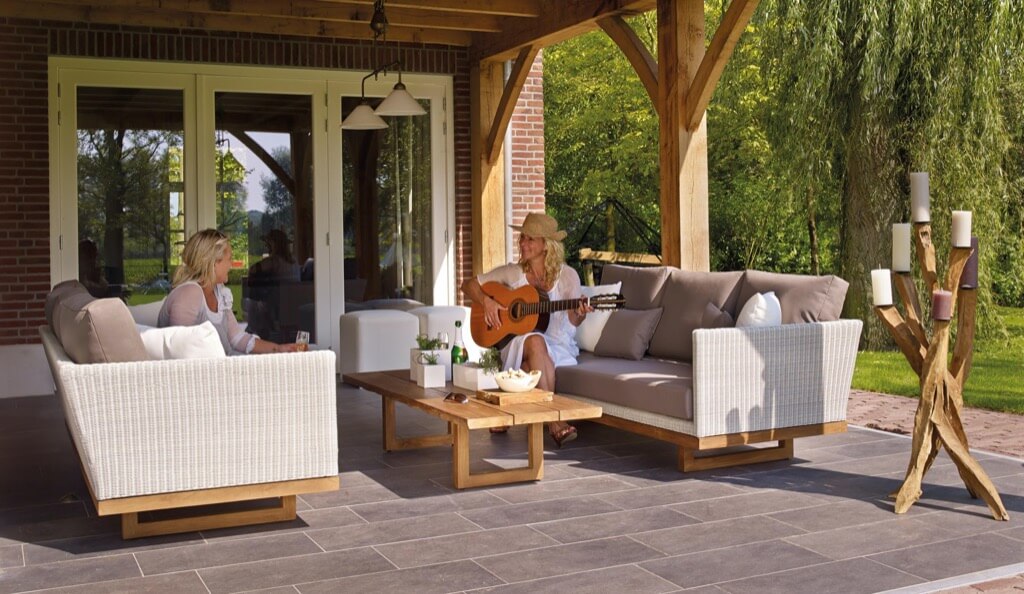Cooking is an art that combines various techniques, each affecting the food differently. Broadly, these methods are categorized into wet (or moist) and dry cooking. Wet cooking uses water-based liquids like wine, broth, or vinegar, and includes techniques such as boiling, blanching, poaching, steaming, and stewing. These methods typically involve lower temperatures, not exceeding the boiling point of water (212° F). On the other hand, dry cooking methods, such as baking, broiling, frying, and sautéing, involve cooking at higher temperatures (above 270° F). This higher heat allows for browning, which isn’t possible with wet cooking methods. Interestingly, deep-frying is considered a dry technique because, despite involving oil, it is not water-based.
Wet Cooking Techniques
Boiling is a basic cooking method where food is cooked in a water-based liquid at a full boil. Ideal for starchy or hard foods like pasta and potatoes, boiling can also be used for reducing sauces or decontaminating food. However, it may not be suitable for delicate items like fish, which can be damaged by the vigorous boiling action.
Blanching for Skin Removal and Brightening
Blanching is a brief boiling process followed by immediate cooling, usually in ice water. This technique is useful for loosening skins on fruits and vegetables, enhancing their color, and reducing bitterness. A key tip for effective blanching is to use ample water to maintain a constant temperature when the food is added.
Parboiling to Pre-Cook
Parboiling involves partially cooking food in boiling water. This technique is often used to soften hard vegetables for stir-frying or to speed up the cooking process of meats like chicken for grilling. It’s also a common step before freezing vegetables, although some may only require blanching.
Poaching for Delicate Foods
Poaching cooks food at temperatures below boiling, between 160° F to 180° F. This gentle method is suitable for delicate foods like eggs, fish, or fruit. Two types of poaching exist: submersion, where the food is fully covered by the liquid, and shallow, which involves covering the food halfway and allowing it to cook partly by steaming.
Simmering for Stocks and Tough Cuts
Simmering is a slow cooking process at temperatures between 180° F and 205° F, ideal for making stocks, soups, and tenderizing tougher meat cuts. To achieve a simmer, first bring the liquid to a boil and then reduce the heat to maintain a gentle cooking environment with occasional bubbles.
Dry Cooking Techniques and Their Benefits
Steaming for Healthful Cooking
Steaming cooks food using steam from boiling liquid. It is considered a healthy method as it doesn’t require added oils, and nutrients are retained better than in submersion methods. Steam can be generated from the food’s own juices, as in cooking fish en papillote, where the steam from the fish’s juices cooks it within a parchment paper wrapping.
Stewing and Braising for Flavorful Dishes
Stewing involves simmering small, bite-sized pieces of meat and vegetables in a liquid that completely covers the food. This method is excellent for tenderizing tough meats. Braising is a similar technique but starts with browning the food before half-covering it with liquid and cooking it slowly in a tightly lidded pot, creating a rich, flavorful dish like a classic pot roast.
High-Quality Chef’s Knife for Precise Cutting
A sharp, well-balanced chef’s knife is essential for efficiently preparing ingredients. Whether you’re chopping vegetables for a stew or slicing meat for braising, a good knife ensures precision and safety. Investing in a high-quality knife can make your cooking process smoother and more enjoyable.
Durable Cutting Board to Protect Surfaces
A sturdy cutting board is crucial for protecting your countertops and providing a stable surface for cutting and preparing ingredients. Choose a board that is easy to clean and durable enough to withstand frequent use. Wooden or high-grade plastic boards are popular choices.
Set of Heavy-Bottomed Pots and Pans
For various cooking techniques like simmering, boiling, or braising, a set of heavy-bottomed pots and pans is vital. They distribute heat evenly, preventing hot spots and ensuring your food cooks uniformly. Look for pots and pans with tight-fitting lids to retain moisture and flavor during slow cooking processes.
Multipurpose Steamer Basket
A steamer basket is a versatile tool for healthy cooking methods like steaming vegetables or fish. It can be used with different pot sizes and is ideal for preserving the nutrients and flavors of your ingredients. Opt for a collapsible steamer basket for easy storage.
Reliable Instant-Read Thermometer
An instant-read thermometer is invaluable for ensuring meats and poultry are cooked to the correct temperature, crucial for both safety and quality. It’s also helpful for precise cooking techniques like poaching, where maintaining a specific temperature range is key to achieving the perfect dish.
Tips To Start Cooking Right Away
Organizing Your Cooking Space
Before you start cooking, organize your workspace. Make sure all the ingredients are within easy reach. This not only saves time but also helps avoid any mid-cooking mishaps. A well-organized kitchen counter allows you to focus on the cooking process without unnecessary interruptions.
Prepping Ingredients Beforehand
Always prep your ingredients before you begin cooking. This means washing, chopping, and measuring out everything you need. It’s known as ‘mise en place’ in professional kitchens. By having everything ready, you can cook more efficiently and avoid the risk of overcooking while you’re busy chopping or measuring.
Understanding Flavor Profiles
Get familiar with basic flavor profiles. Knowing which flavors complement each other can help you improvise and adjust recipes to your taste. Experiment with different herbs, spices, and seasonings to find combinations you love. This understanding will elevate your cooking and give you more confidence in the kitchen.
Heat Control Mastery
Pay attention to heat management. Whether you’re searing meat, simmering a stew, or gently poaching an egg, the right temperature is key. Learn to adjust the heat as needed to avoid burning or undercooking. Remember, you can always increase the heat, but it’s harder to fix something that’s been overcooked.
Clean as You Go
Keep your workspace clean as you cook. Wash utensils, cutting boards, and bowls as soon as you’re done using them. This habit not only keeps your kitchen tidy but also makes the post-cooking cleanup much less daunting. A clutter-free kitchen is a more enjoyable cooking environment.
By following these practical tips, you can enhance your cooking experience, making it more organized, efficient, and enjoyable. Remember, cooking is as much about the process as it is about the final dish.
Incorporating these essential cooking practices will significantly improve your experience in the kitchen. From the initial organization of ingredients to the final stages of heat management and cleaning, each step plays a crucial role in crafting delicious meals.




